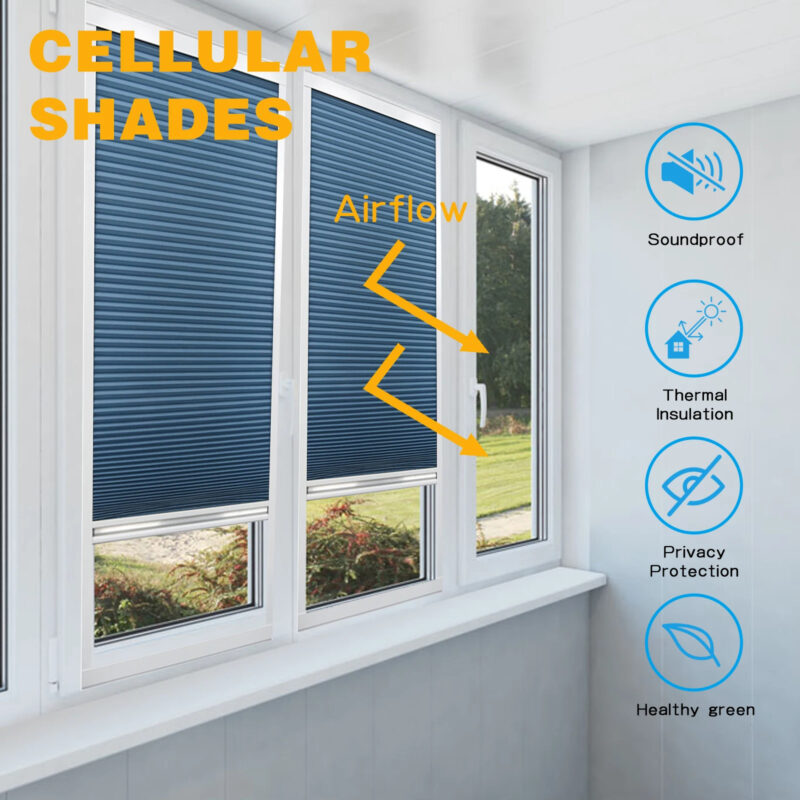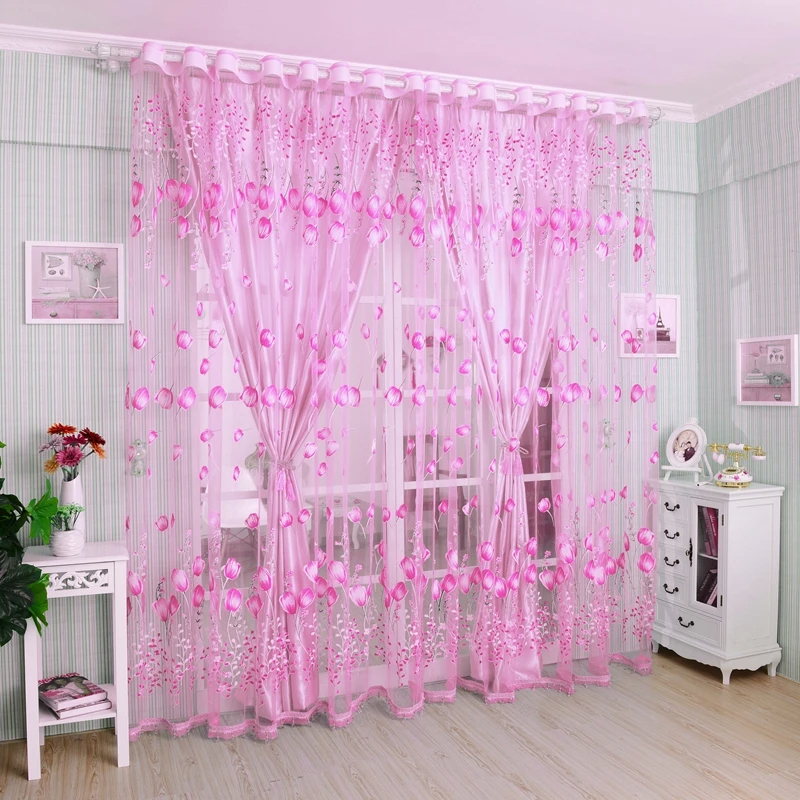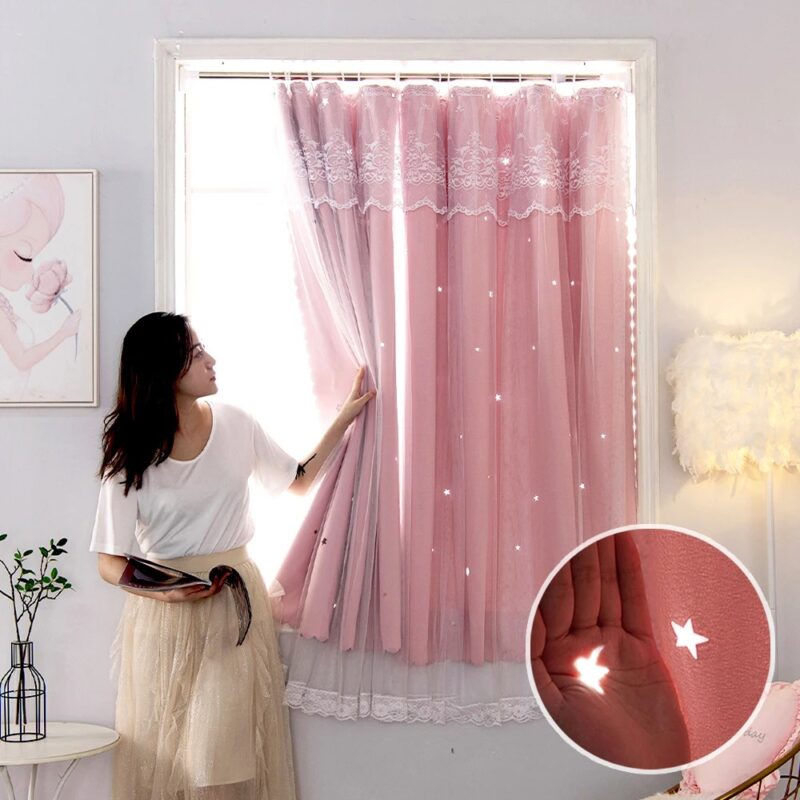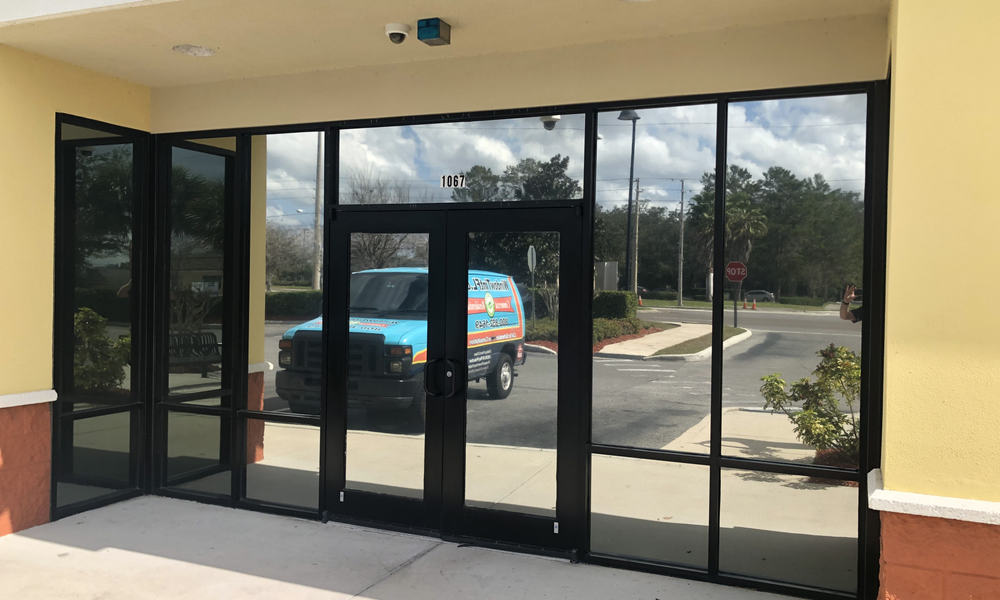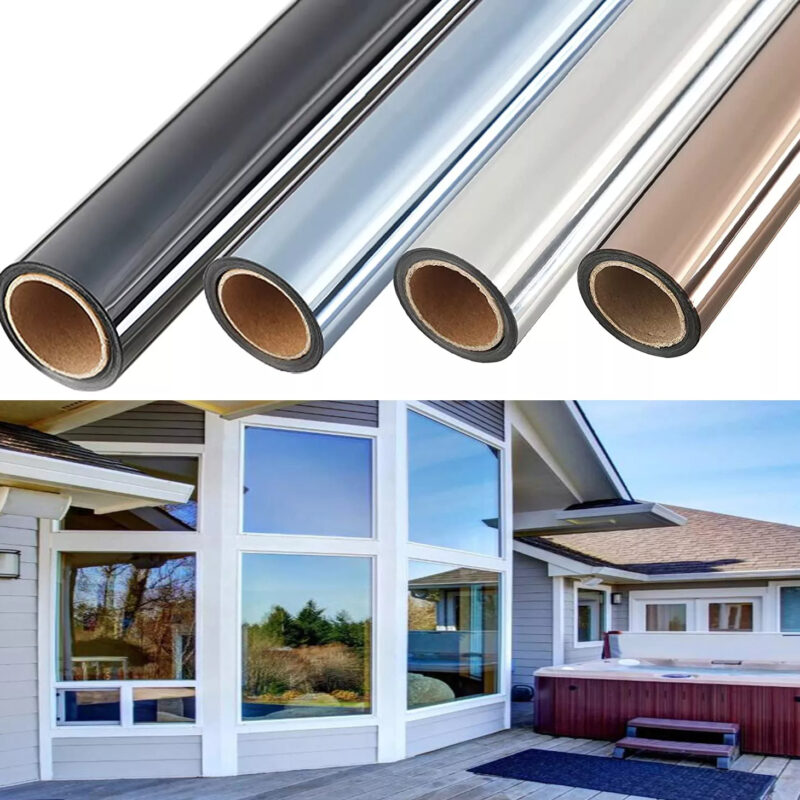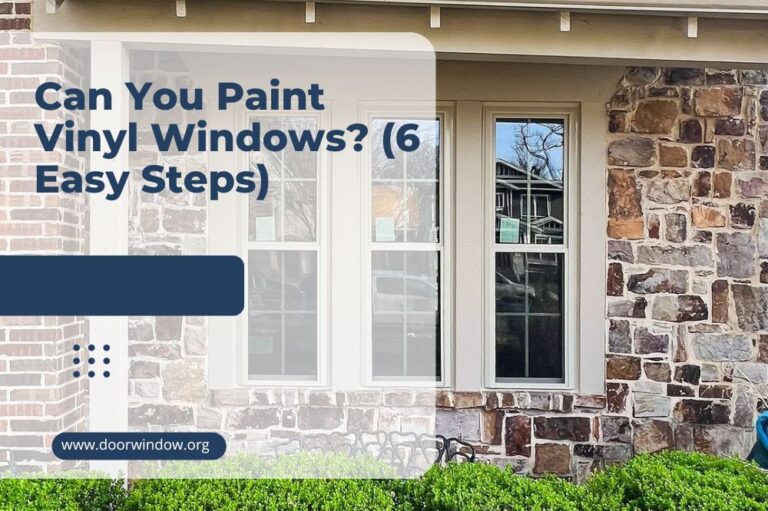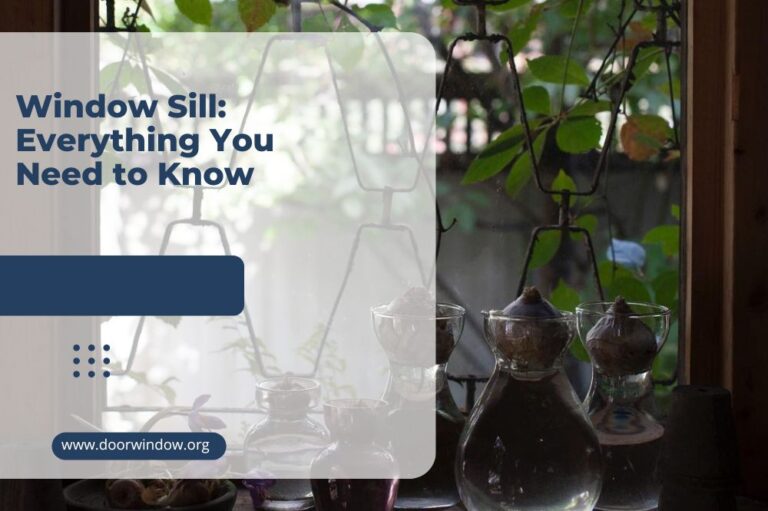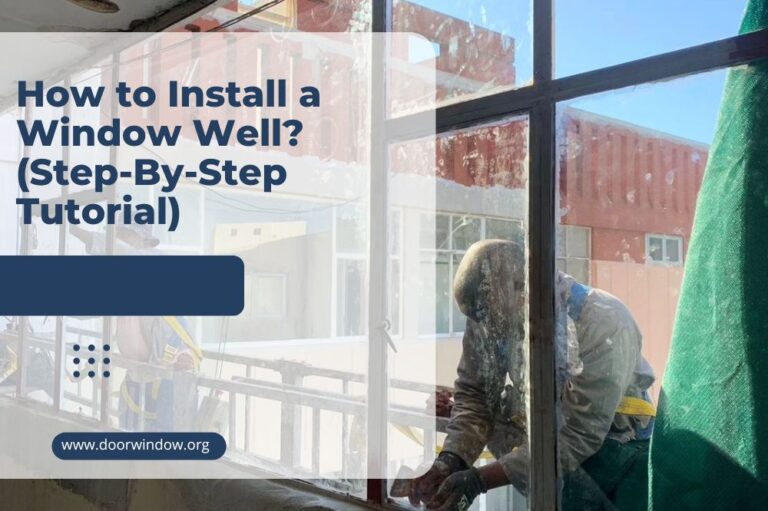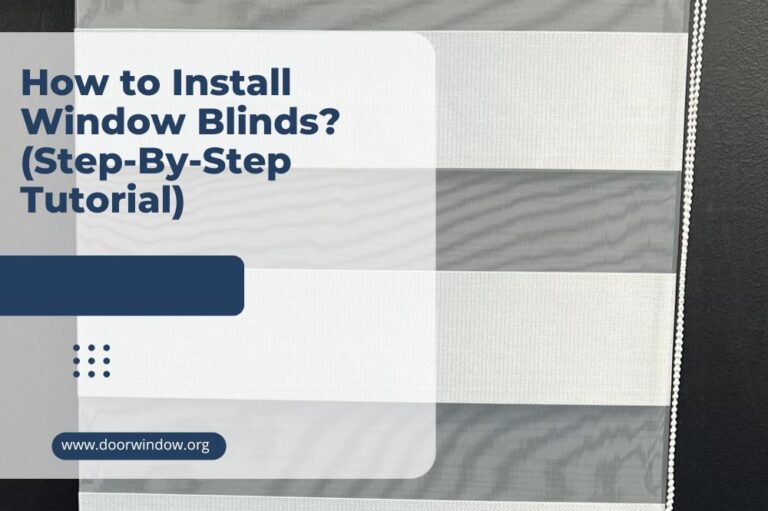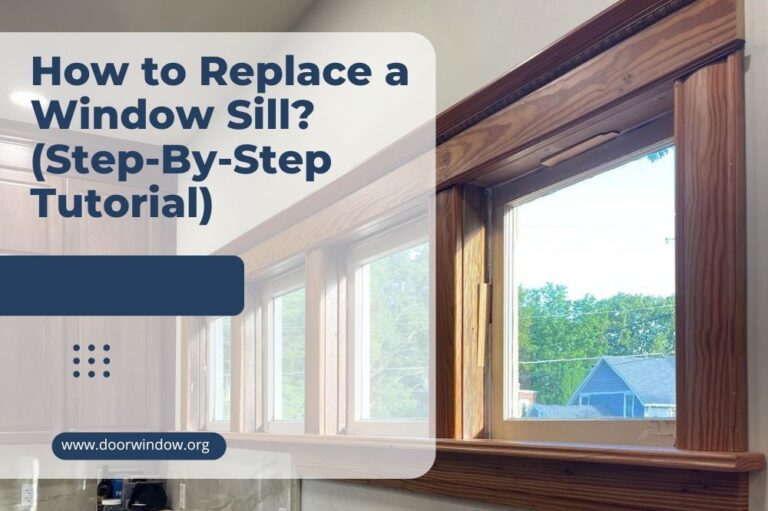One-way Window Film: How Does it Work?
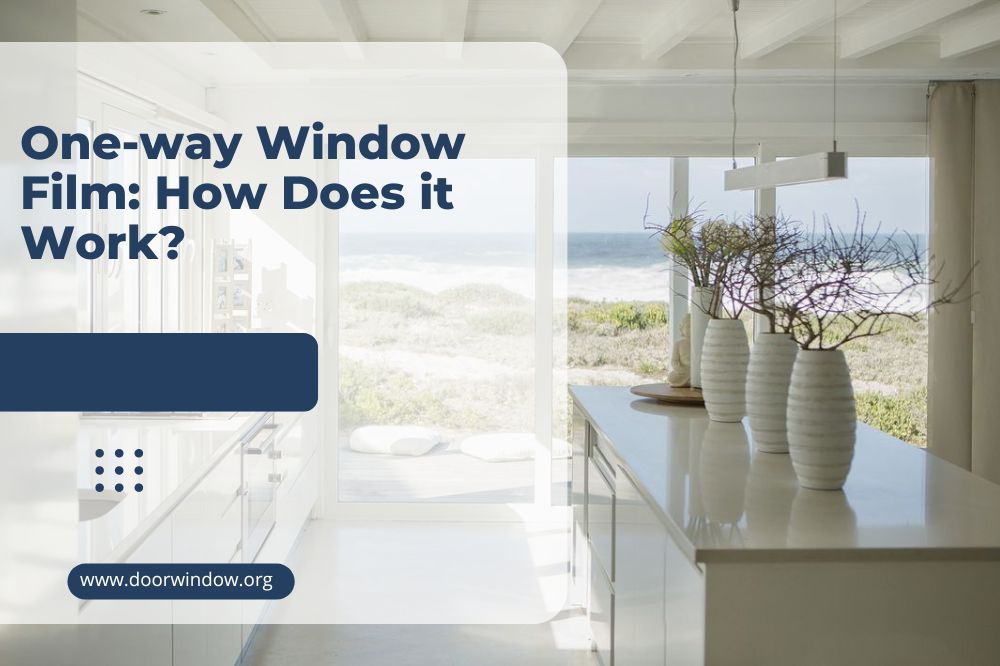
If you’re looking for an option to increase the privacy of your home, there are plenty of things you might consider.
Tall hedges or fences at the boundary of your property are fine if you’ve got a big garden. But even if you do, they won’t stop prying eyes just outside your window. Shutters or blinds will stop people looking in – but you won’t be able to see out either.
There’s one solution that deals with all of these issues: one-way window film. How does it work? Well, keep reading! We’re going to take a look at the science behind the idea. Because once you understand how it works, you’ll also know how to get the best from it.
Ready? Let’s get started!
They do it with mirrors
Have you ever seen a cop show with a suspect being interviewed while detectives look on from the next room? If you have, you’ll have seen a one-way mirror in operation.
From inside the interview room, the suspect can only see a large mirror. But from the room next-door, the detectives can see straight through the glass to view everything that’s going on.
It’s exactly the same principle with one-way window film. From the outside, anyone looking in will simply see themselves and their surroundings reflected back at them.
So how can a piece of glass be transparent on one side and a mirror on the other?
Half and half
The truth is that it can’t. Instead, the glass is actually half-mirror and half-window. So how does that work?
A thin surface is applied to the glass. With window film, it’s the film that forms this surface. The film is what is called “half-silvered”. That means it’s coated with a very thin layer of reflective particles.
The layer is so thin that there are only half the number of particles you’d get with an ordinary mirror. If you were to look at it under a very strong microscope, you’d see a nice, even layer. But it would only cover half the surface of the glass.
All this means that when light hits the glass, half of it will pass through, and half will be reflected back.
“Ok,” you might say, “but why does that mean it’s a mirror one way, and a window the other?” You might expect that you’d instead see a mixture of reflection and the scene on the other side of the glass. So why doesn’t that happen?
Let’s talk about light
The reason has nothing to do with the glass, and everything to do with the environment in which it’s used.
Let’s think back to that cop show again. Do you remember anything else about the two different rooms? In one, the suspect is sitting at a table, bright light giving him nowhere to hide. Behind the one-way mirror, detectives sit in darkness, sipping their coffee and waiting for him to slip up.
That’s right – the suspect is in bright light and the detectives are in the dark. And that’s what determines who can see whom.
In the brighter room, there’s lots of light to bounce against those reflective particles. Because of that, the suspect sees only his reflection.
In the darker room, there’s hardly any light to reflect back. So there’s no reflection to distract the detectives. And the bright light in the interview room means they can see everything that’s going on. It’s like being sat in a dark theatre, watching an actor under a spotlight on the stage.
So how does this work in your windows?
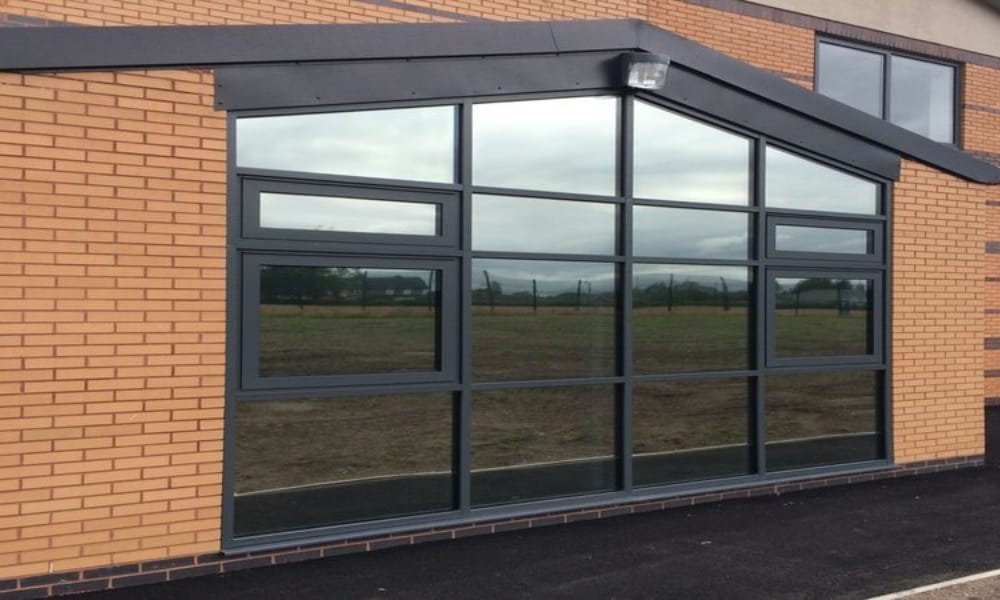
That’s all very well, but we’re guessing you don’t have a police interview suite in your front room. And you don’t have spotlights in the street outside. So how does all of this translate to the windows in your home?
Well, during the daytime, light levels outside will be much higher than inside. That will be the case in normal daylight, even if it’s a cloudy day.
That means that anyone standing outside your house and looking in at your windows will only see their reflection. They’ll be in the same position as that suspect being grilled by the cops.
Anyone sitting inside, on the other hand, will be in relative darkness. It might not feel that way, because you can still see what you’re doing. But it won’t be nearly as bright as it is outside. It’s for that reason that you’ll be able to see out, whilst remaining invisible.
But what happens at night?
So if it’s all about light levels, what happens when darkness falls?
When the sun sets outside and you turn on the lights your home, the relative light levels are reversed. Outside is now much darker than inside.
And that’s where you have the main limitation of one-way window film: it doesn’t work at night.
Now the people inside the house are the suspects in that interview suite. Anyone looking in from outside will be able to see straight through the window. It will be almost as if there was no film in place at all.
That’s not the end of the world. It simply means that when the sun goes down, you’ll need to draw curtains or blinds. Just remember the privacy you enjoyed with your one-way window film during the day won’t last beyond sunset.
Isn’t there any kind of film that offers privacy at night?
You might be wondering whether it’s possible for one-way film to offer privacy at night too. Unfortunately, the simple answer is no.
The half-silvered surface depends on light levels to work as either a mirror or transparent glass. If the light levels on either side of the glass change, so will the way it behaves.
It is possible to use window film for privacy day and night, but you’ll need an opaque film. Something with a frosted effect, for example, will prevent people seeing in without reducing the light levels in the room. But it will mean you can’t see out either.
Seeing is believing
The major advantage of one-way window film is that it has minimal impact on both your view and light levels.
Once it’s in place, the light that’s admitted inside will be slightly reduced, because some will be reflected back. But the difference will be very small. You’ll still have a nice, bright room.
And you’ll still be able to see clearly out of your windows without compromising your privacy. Remember, the brighter it is outside, the more clearly you’ll be able to see what’s going on.
How much light is needed for one-way window film to work?
The key thing to maintain privacy is the difference between the light levels on either side of the glass.
The mirror effect will work to some extent, even in windows without any film at all. Have you ever stood in a brightly lit room at night and looked out of the window? All you’ll have seen was your own reflection.
The same thing happens in reverse. Stroll down the street on a sunny day and try to peer through the window of a dark room. You may be able to see some of the interior, but you’ll also get a lot of reflection.
One-way window film enhances this effect. Once it’s in place, you’ll need a ratio of 1:4 for the mirroring to work. In other words, one side of the glass needs four times as much light as the other. That means the mirror effect will take place much more readily and intensely than with untreated glass.
Getting the best results
Because it simply adds a layer of reflective particles, one-way window film can be applied to any flat window. You need the film to sit smoothly over the glass, and professional installation is a good option.
The process is very similar to applying tints to car windows. The glass needs to be spotlessly clean before the film is applied. Lots of soapy water will be needed to help the tint slide into position. A squeegee is then applied to remove the water and any bubbles of trapped air.
The film should be applied to the inside of your window. That way, it won’t have to withstand rain and bad weather, and will last far longer.
If, for any reason, internal application isn’t possible, look for a film specifically designed for external use. There are industrial grade options out there, but they’ll still not last as long as if they were installed inside.
Ready to improve your privacy?
One-way window film works on simple principles, and it does have its limitations. It’s not possible to have perfect privacy day and night, without using other window treatments alongside it.
But if you’re looking for a way to improve privacy without sacrificing light levels, it’s a great option. Get it applied professionally to the insides of your windows for best results. And just remember to draw your blinds or curtains after dark.
We hope you’ve found this explanation of how one-way window film works helpful. And if you’ve used it in your home, please comment and tell us about it. We’d love to hear how it’s worked for you.



